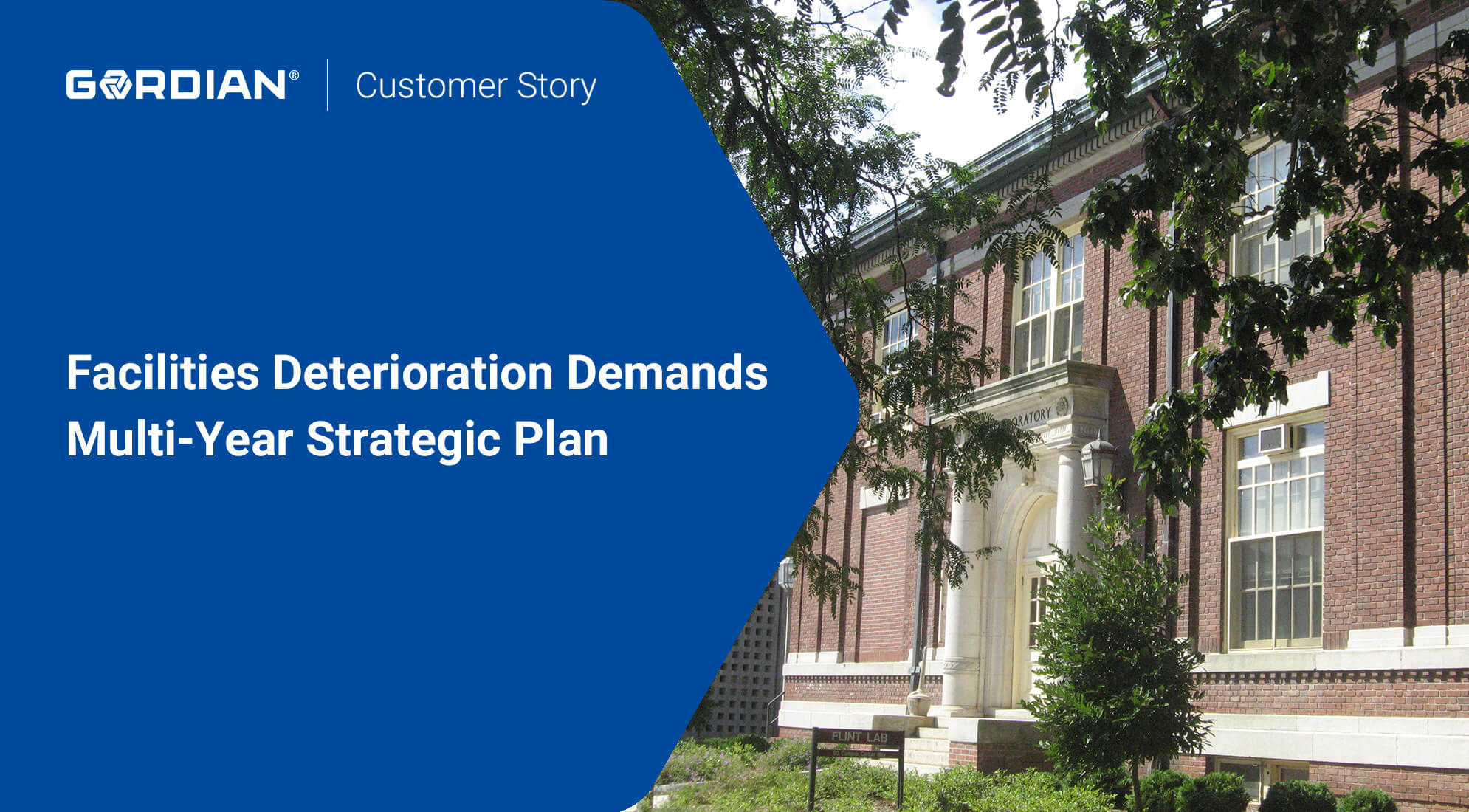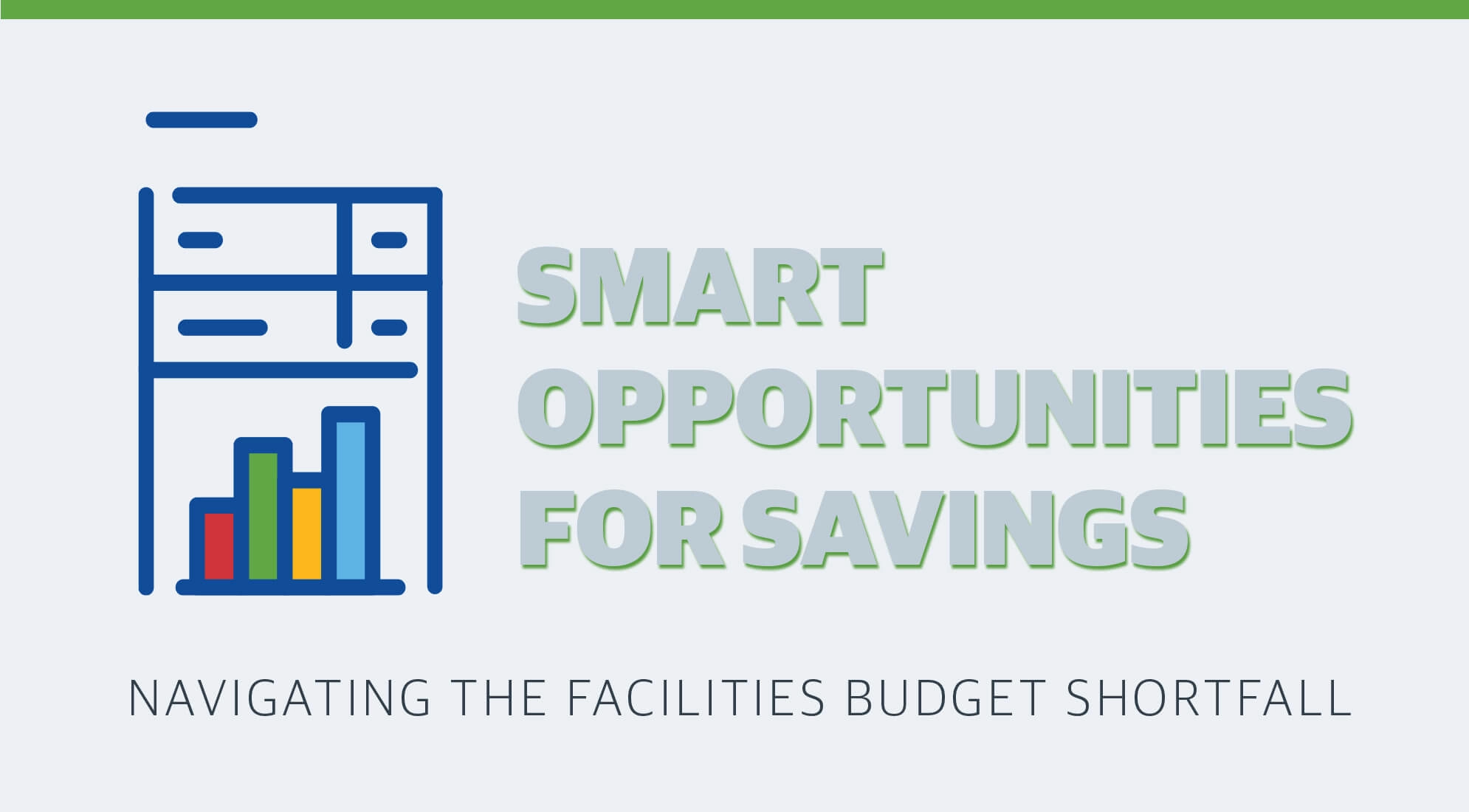
Best Practice Renewal Funding Model Born out of Gordian Partnership
A renewal fund with no project list
A detailed assessment and prioritization of facilities needs
A new industry-standard renewal funding model
Challenge: All Funding, No Plan
Claremont McKenna College had long operated in a culture of “no deferred maintenance” and had a Board of Trustees policy that set aside 1.2 times the annual depreciation expense in a reserve fund to cover renewal and replacement costs. But Claremont McKenna had no project list or capital plan to direct these renewal funds to, resulting in existing reserves being consistently redirected to large scale, costly projects, including the construction of two new facilities, the Kravis Center and the Roberts Pavilion. The cost of these large buildings sharply decreased replacement and renewal funds in the reserve.
Solution: Creating a Project List from Scratch
Claremont McKenna contracted Gordian to conduct a detailed assessment of the physical needs of its campus, which would be used to quantify and prioritize maintenance needs for every building on campus through a process that leverages the expertise of Gordian analysts and the real–life experience of campus facilities staff. Gordian’s initial discovery was that the institution had a young campus with a low backlog of renewal needs as compared to peer campuses, suggesting that the capital reserve strategy could be revised to take a more needs-based approach. This approach would provide a flexible framework to quantify the annual transfers necessary to fully fund the needs of campus both now and into the future.
Capital planning is one of the most important and most complex initiatives for a college or university. When done right, it can help meet today’s needs and work toward tomorrow’s goals. Learn more about how to build an effective long-term strategy in our free eBook, “From Assessment to Action: 4 Steps to Creating a Sustainable Capital Plan.”
Result: A New Industry Best Practice
Claremont McKenna’s partnership with Gordian allowed a needs-based strategy to replace the previous depreciation model. Annual transfers into the reserve fund are now determined by the cost of keeping existing campus buildings up to date in a “like for like” model, which allows for replacing assets as they age. Any projects that go beyond this like-for-like renovation scope are reviewed and require re-approval by the Board, including consideration of additional funding sources. The modeling of these renewal funds was then extended out 30 years based on Gordian’s findings, helping bolster Claremont McKenna’s longstanding commitment to maintaining reserve funds.
The needs-based approach ensures that annual transfers will cover campus renewal needs, but reserves set aside each year are more moderate than before, freeing up funds for other campus priorities. Their renewal funding model is now considered a best practice in the industry. As campus and financial strategies evolve, Claremont McKenna will continue to have a protected reserve that adequately funds the needs of the campus over time.
Share this:





